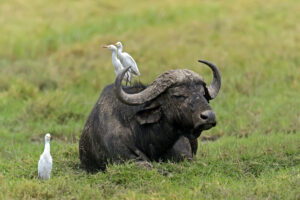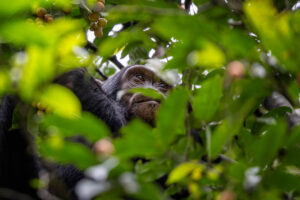The Serengeti is one of the most famous safari destinations in the world, home to the awe-inspiring Great Migration. But beyond the breathtaking river crossings and vast landscapes, there are many fascinating facts that most tourists don’t know. Here are ten lesser-known facts about the Serengeti and the Great Migration that will deepen your appreciation for this natural wonder.
- The Migration Is a Year-Round Journey
Most people assume the Great Migration only happens during river crossings, but it is a continuous cycle. The herds travel over 1,800 miles annually, moving in popular search of fresh grazing land and water.
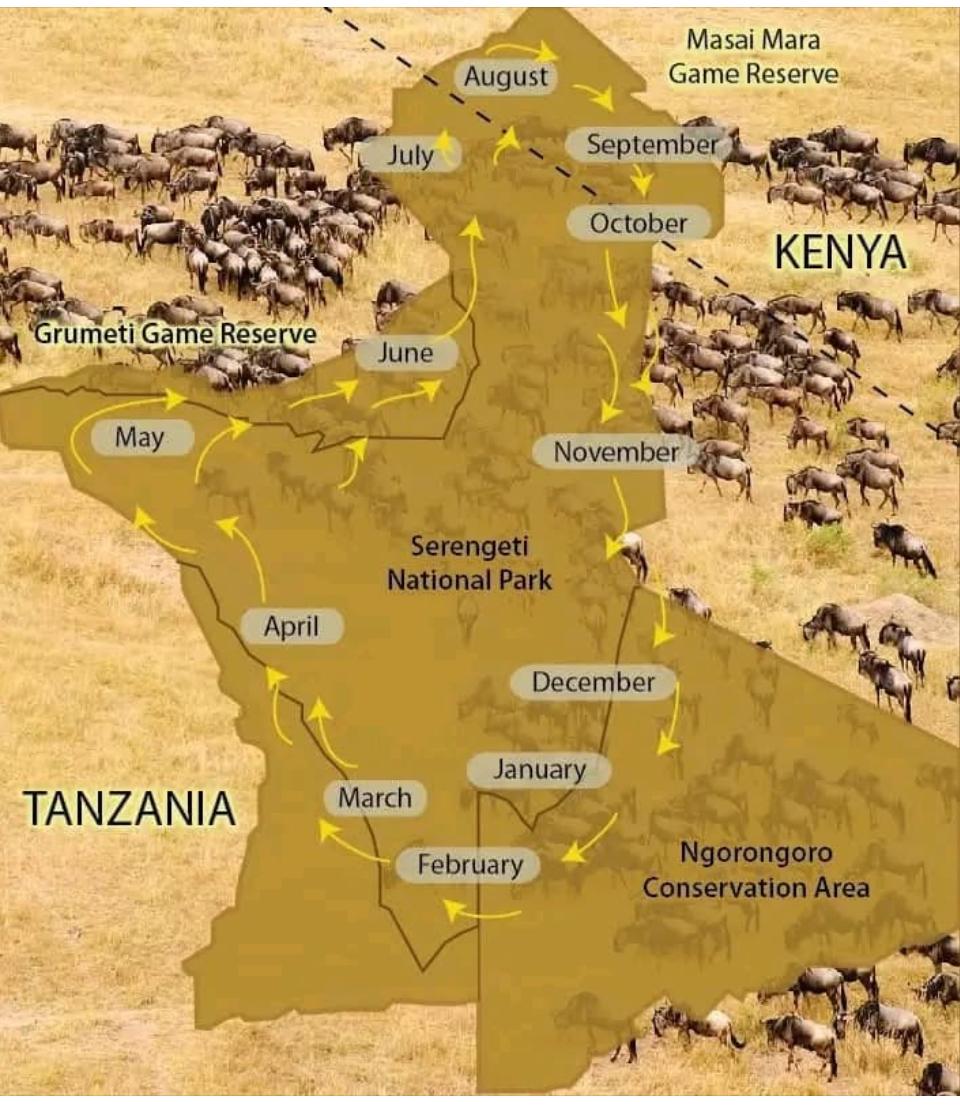 Map illustrating the migration route across Serengeti and Maasai Mara.
Map illustrating the migration route across Serengeti and Maasai Mara.
- Wildebeest Use a Unique Communication System
Wildebeest communicate through low-frequency calls, grunts, and even scent markings. Their famous “gnu” sound helps maintain herd cohesion, and mothers recognize their calves by sound and smell.
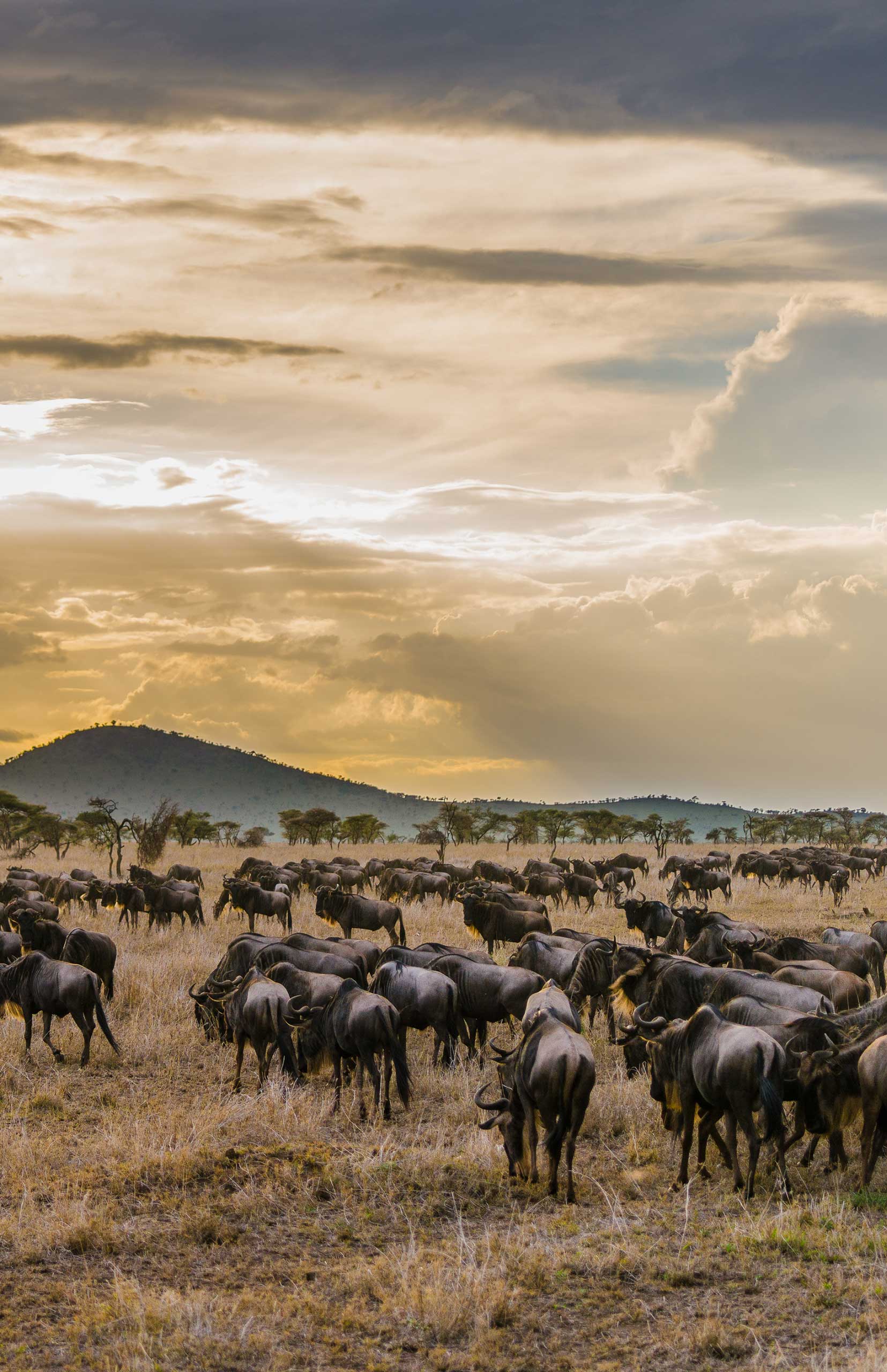 Close-up of wildebeest calling to each other.
Close-up of wildebeest calling to each other.
- Not Just Wildebeest – Over 2 million Animals Migrate
While wildebeest control the migration, zebras, gazelles, and elands also participate. Zebras eat the longer grass, paving the way for wildebeest, which select shorter vegetation.
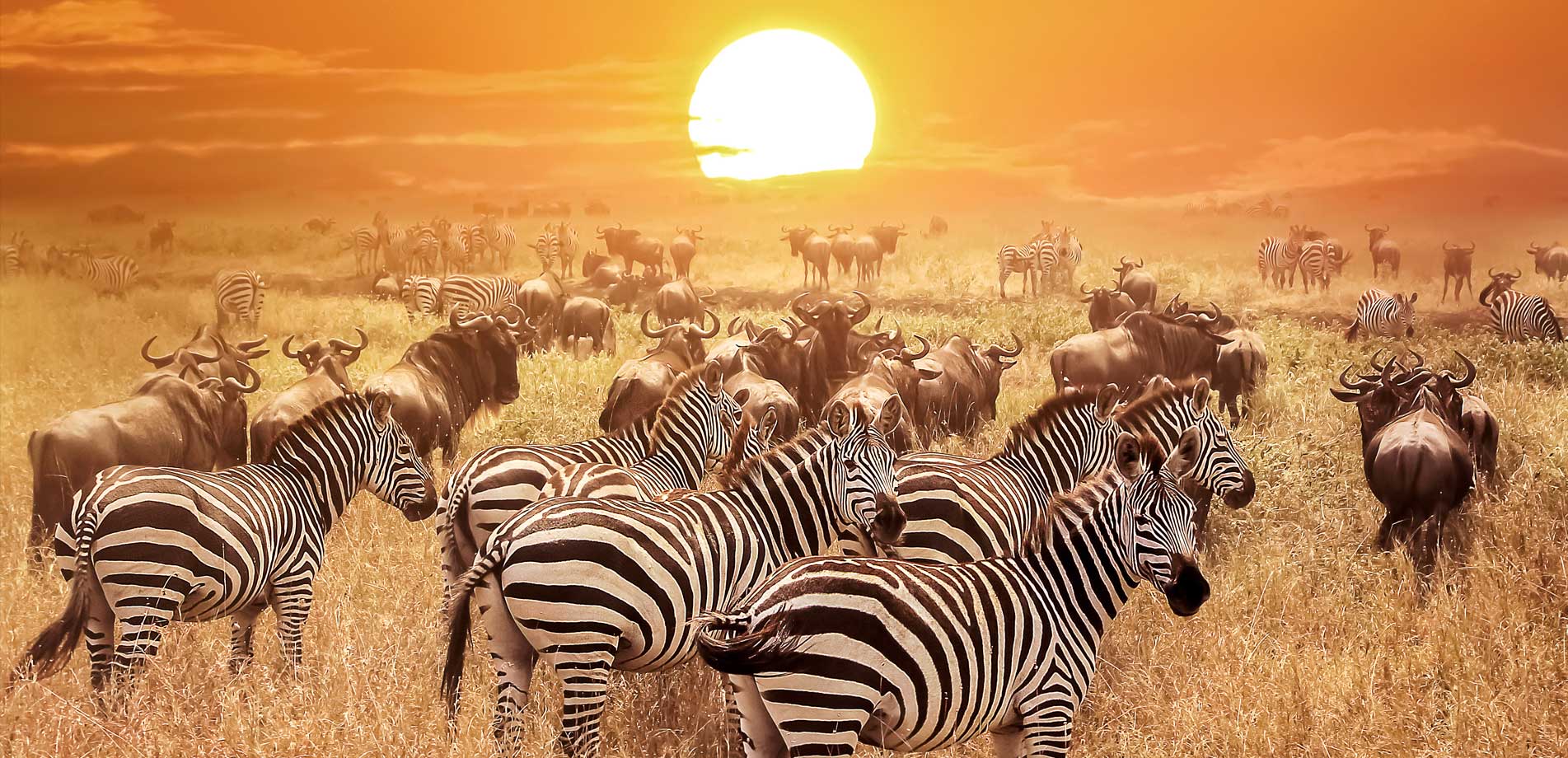 Mixed herd of wildebeest and zebras migrating together.
Mixed herd of wildebeest and zebras migrating together.
- Crocodiles Plan Their Attacks Months in Advance
The Nile crocodiles in the Mara and Grumeti rivers anticipate the migration and go into a feeding frenzy when herds cross. These crocodiles can survive months without food, making them patient yet deadly hunters.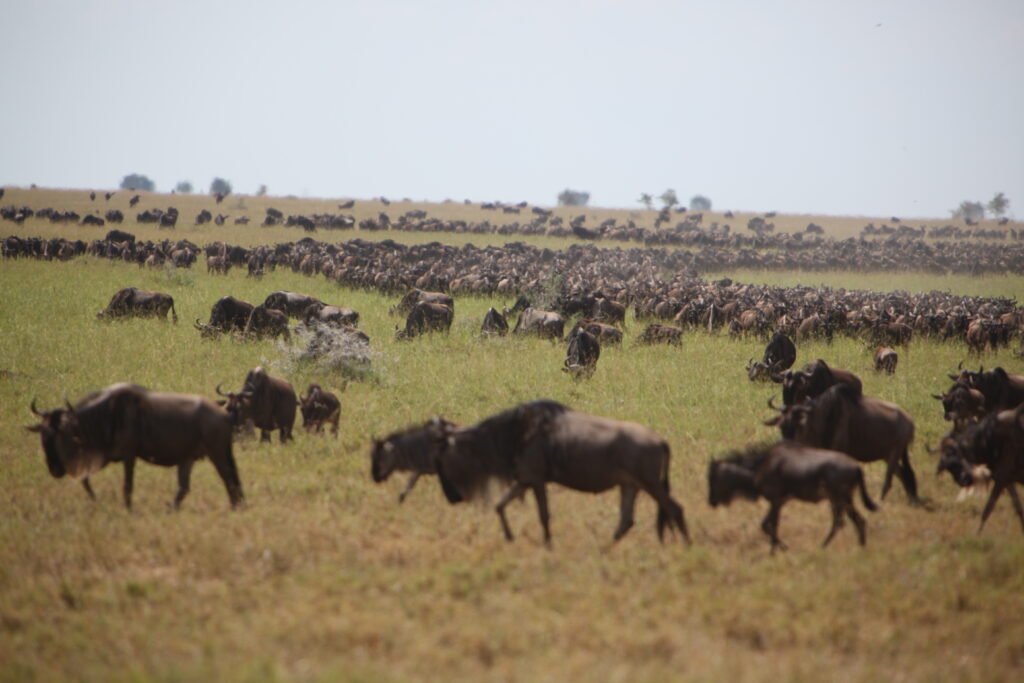
The wildebeest navigation mechanisms
- The Serengeti Name Means “Endless Plains“
The name “Serengeti” originates from the Maasai word siringet, meaning “endless plains.” The park spans 30,000 square kilometres, making it one of the largest ecosystems on Earth.
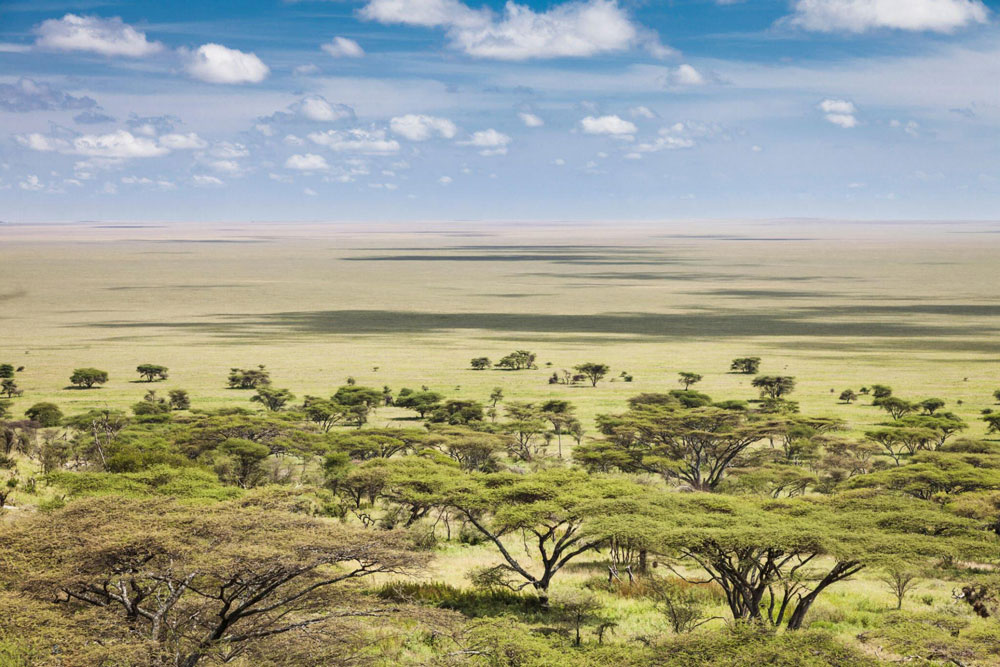 A panoramic view of the vast Serengeti Endless Plains.
A panoramic view of the vast Serengeti Endless Plains.
- Wildebeest Have “Built-In” Navigation
Wildebeest instinctively know their migration route, guided by an internal compass linked to the Earth’s magnetic field. Scientists believe their movement is also influenced by distant storms and rainfall patterns.
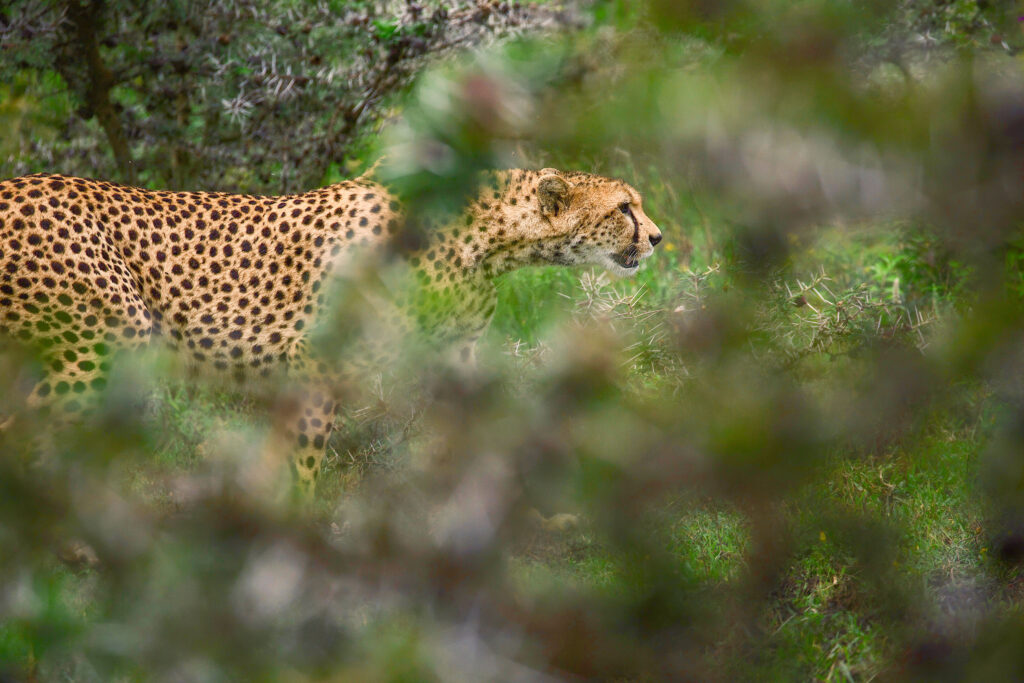
- The River Crossings Are the Most Dangerous Part of the Journey
Aside from crocodiles, migrating animals face strong currents, steep riverbanks, and stampedes. Many calves and weaker individuals do not survive the journey.
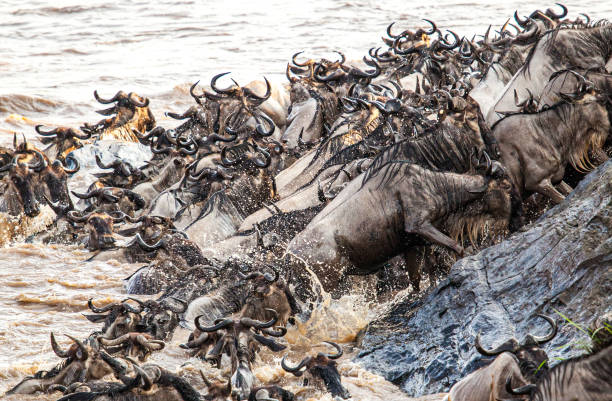 Herd of wildebeest struggling against a river current
Herd of wildebeest struggling against a river current
- Predators Follow the Migration
Lions, cheetahs, leopards, and hyenas track the herds for easy hunting. During the calving season (January – March), up to 8,000 wildebeest are born daily, attracting large numbers of predators.
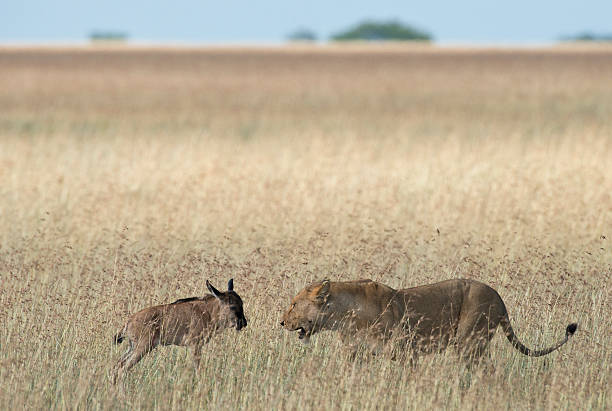
- The Migration Supports Tanzania’s Economy
Tourism from the Serengeti and the Great Migration generates millions of dollars annually. Safaris support local communities and conservation efforts.
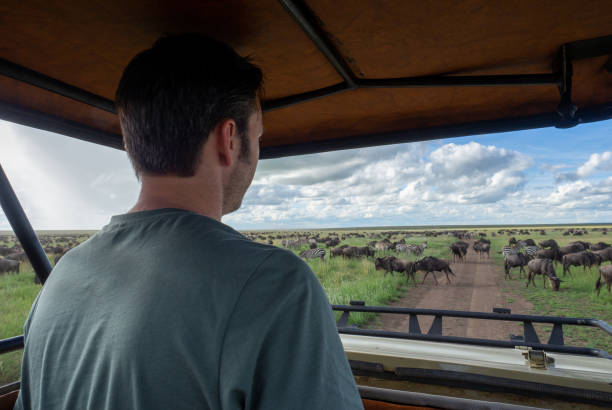
- Conservation Efforts Keep the Migration Alive
The Serengeti ecosystem is under threat from poaching, climate change, and human development. Conservation projects aim to protect wildlife corridors and maintain the migration’s natural flow.
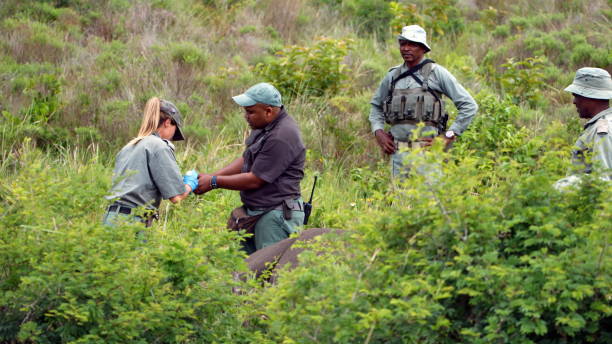
Answering Common Google Questions About the Serengeti & Great Migration
- What is the best time to see the Great Migration?
- The best time depends on the experience you seek:
- River Crossings: July – October (Mara River, Northern Serengeti)
- Calving Season: January – March (Ndutu, Southern Serengeti)
- Green Season: November – May (lush landscapes, fewer crowds)
- The best time depends on the experience you seek:
- How long does it take for the wildebeest to migrate?
- The migration is a continuous annual cycle covering approximately 1,800 miles.
- Which animals migrate with the wildebeest?
- Zebras, Thomson’s gazelles, elands, and topis accompany the wildebeest.
- Where is the best place to stay to witness the Great Migration?
- Luxury Lodges: Singita Mara River Tented Camp, Four Seasons Serengeti, Acacia Collection
- Mid-Range Camps: Kati Kati Tented Camp, Serengeti Heritage Camp, Tanzania Bush Camps
- Budget Camps: Public campsites in central and northern Serengeti
The Serengeti is complete with incredible stories waiting to be discovered. Whether you’re fascinated by wildebeest communication, the deadly tactics of crocodiles, or the sheer scale of the migration, this ecosystem remains one of the greatest wildlife spectacles on Earth.
Ready to experience the Serengeti and the Great Migration? Sarabi Adventures will craft the perfect safari for you!



